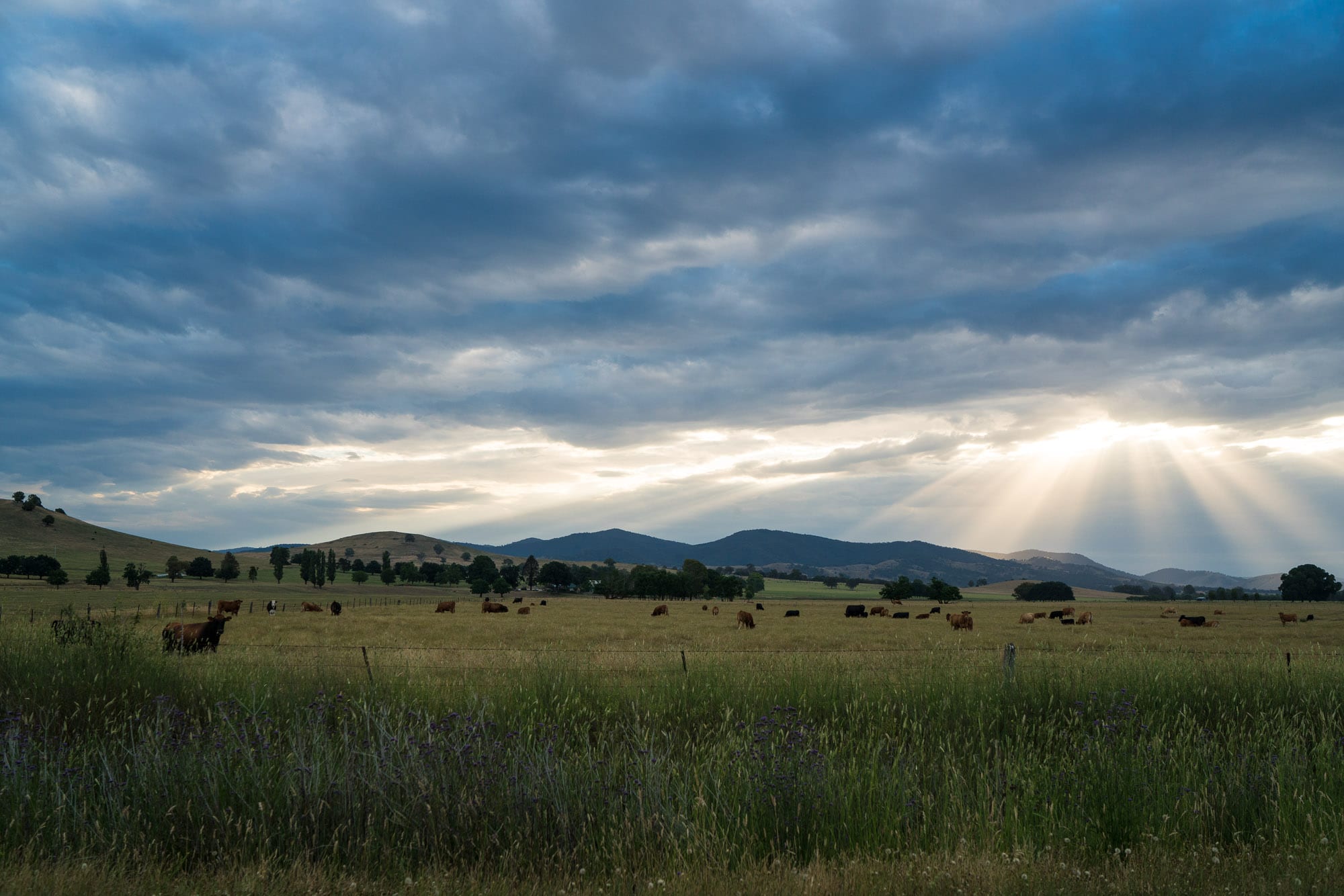The Great River Road
MT ALFRED GAP LOOKOUT

Scientific name: Aquila audax
Wing-span: up to 2.3m
Nest: weighing up to 400kg, up to 1.8m diameter and 3m deep
Breeding season: April to September
THE WEDGE-TAILED EAGLE
The Upper Murray is a haven for many native Australian plants and animals including the Wedge-tailed Eagle, the country’s largest raptor. Its preferred habitat is wooded forests with pockets of open country.
Wedged-tailed Eagles can soar up to 2,000 metres high, using thermal currents in summer to help with elevation. The Wedge-tailed Eagle eats a diet of both carrion and live prey and in ideal conditions they can lift about 50% of their body weight. Hang gliders share the same sought after thermals.
Indigenous significance
In south-eastern Australia, indigenous people regarded the Wedge-tailed Eagle as the sacred ancestral creator of all things. It played a vital role in many traditional stories and cultural activities.
Indigenous language groups had different names for the Wedge-tailed Eagle. Known names used by local indigenous groups include ‘Maliyan’ and ‘Mulyan’, whilst further south, the Eagle was recognised by at least one tribe as ‘Mulian’.
UPPER MURRAY AGRICULTURE
Indigenous land management Prior to the arrival of the Europeans, it is believed indigenous people lived in the Upper Murray region for more than 15,000 years. These original custodians of the land used sustainable methods of food production that revolved around their intimate understanding of the natural environment and spiritual stories.
Controlled burning was used periodically to propogate food staples such as native grains and murnong (yam daisies, Microseris scapigera). It also encouraged the growth of vegetation favoured by various animals they hunted, such as the kangaroo and emu. Controlled burning was a tool selectively used to maintain both plant and animal biodiversity and sustainability.
European arrival
From the late 1830s, the course of local agricultural history dramatically changed. Europeans took up grazing leases on thousands of acres of land and introduced large numbers of cattle, sheep and horses. Today the grass-fed beef and dairy industries remain the most important agricultural drivers of the Upper Murray’s rural economy.

